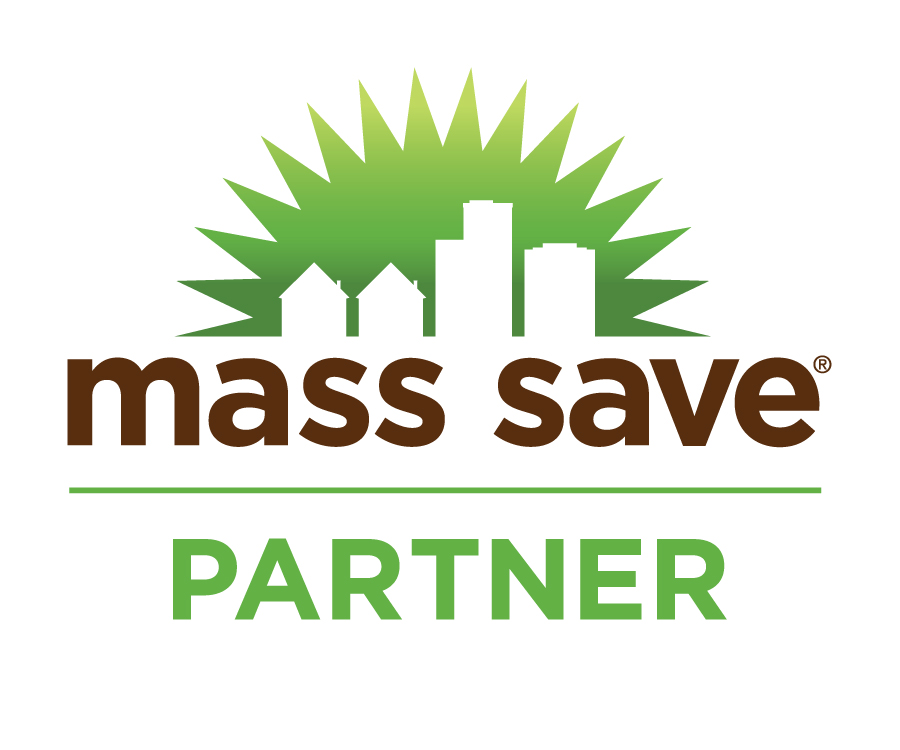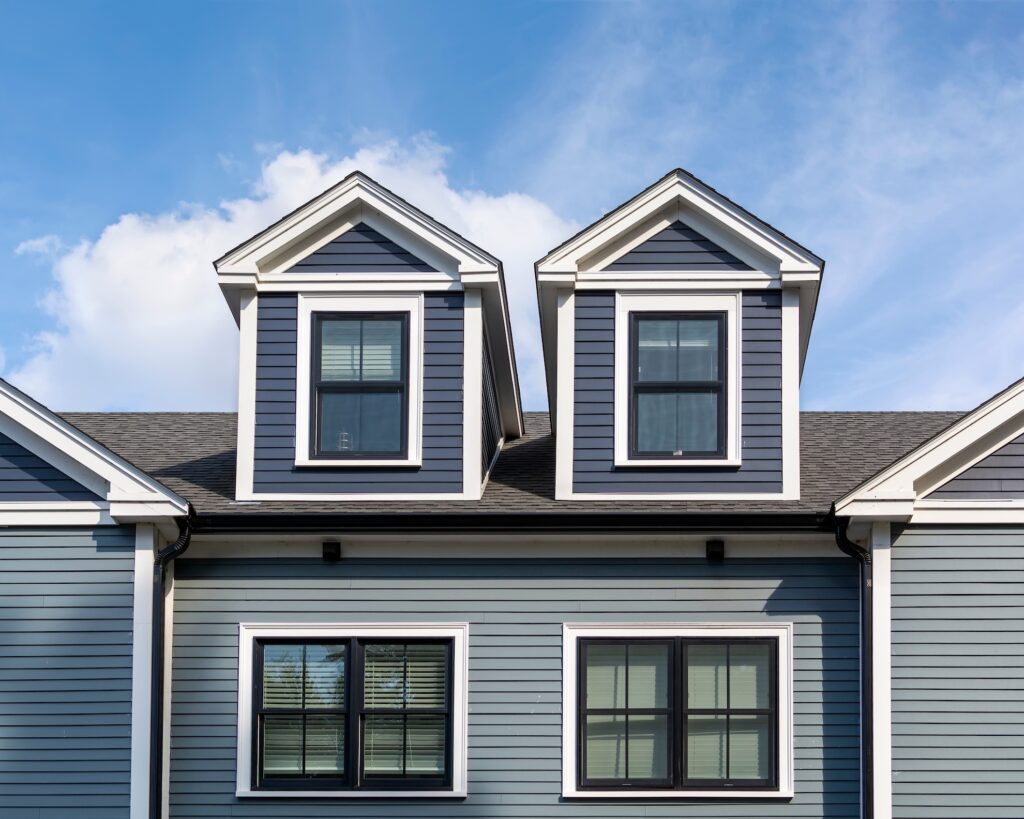
When was the last time you checked your home for health and safety hazards? If it’s been a while, you’re not alone. Checking for hazards is something most homeowners don’t think about until it’s too late.
But hazards like asbestos, vermiculite insulation, and knob and tube wiring can cause serious health and safety issues, so it’s important to locate and remove any hazards that might be lurking in your home. It may also be necessary to remove certain safety hazards in your home before you can make upgrades and receive Mass Save® incentives for insulation, air sealing, and other improvements.
Neeeco has been assessing Massachusetts homes for years, and we’ve seen everything when it comes to health and safety hazards. In this guide, we cover the most common home safety hazards we run into and what to do about them.
Knob & Tube Wiring
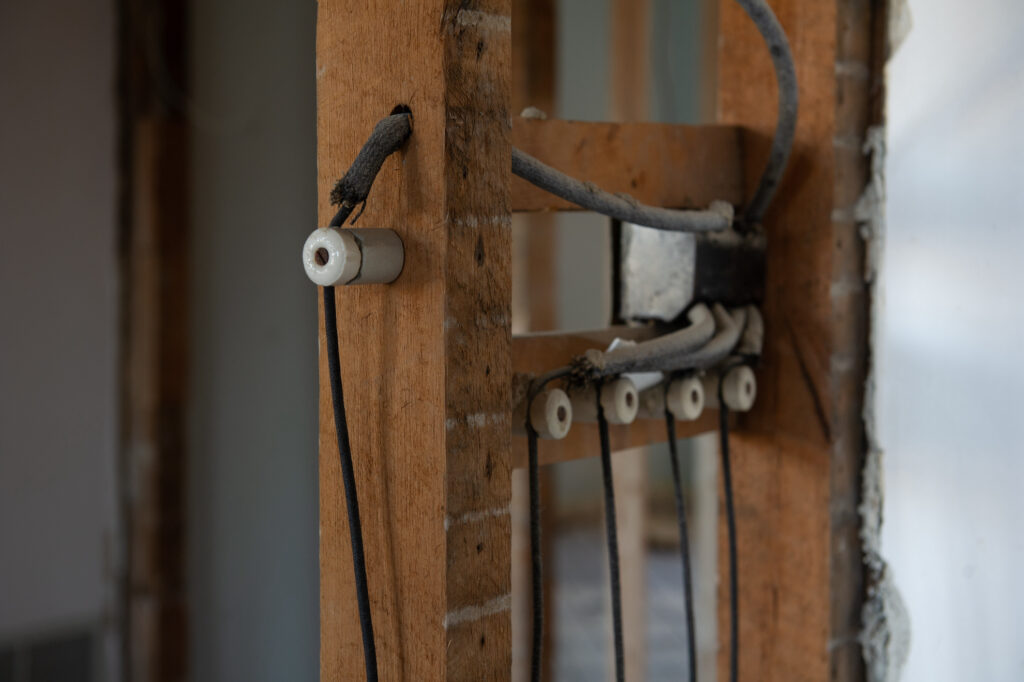
What It Is: Knob and tube wiring is a type of electrical wiring that was commonly used in homes built between 1880-1940s. Today, it is considered obsolete and not used in new construction or renovation projects.
Why It’s Dangerous: Knob and tube wiring is a two-wire system that does not contain grounding wire and is incompatible with modern, 3-prong plugs. It can damage your appliances and, more dangerously, cause electrical shock.
Identification: It’s easy to identify knob and tube wiring. The best place to look is in your attic or basement. Look for white ceramic tubes with electrical wire running through them.
Removal: Knob and tube wiring is an electrical wiring hazard that should be removed by a professional electrician.
Asbestos Insulation
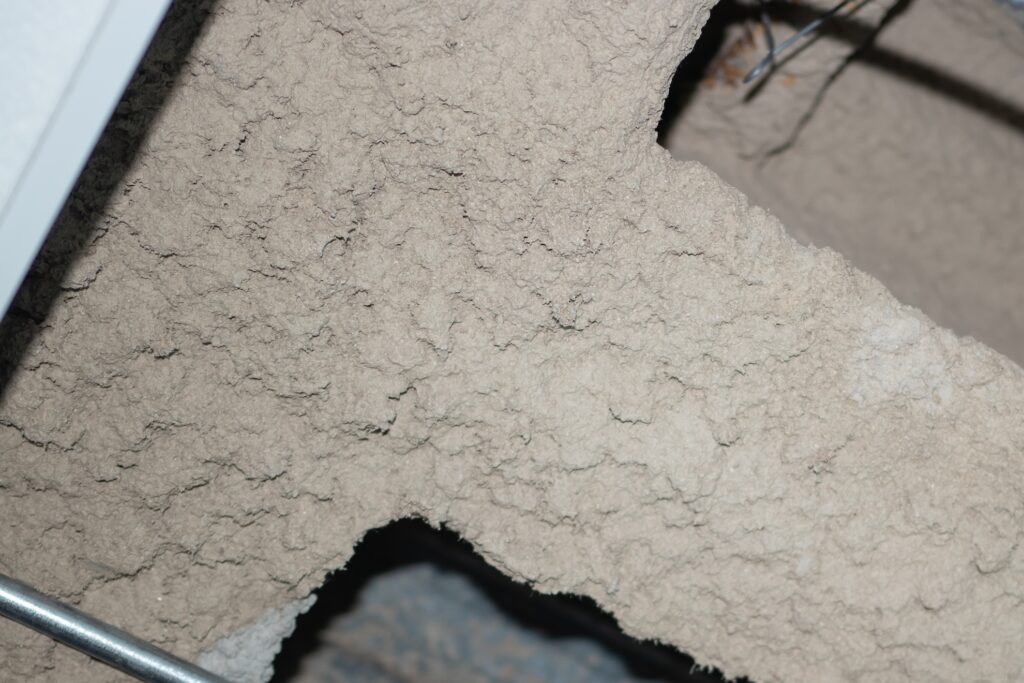
What It Is: Asbestos was a popular home insulation material in the mid-20th century due to its low cost, fire-resistant properties, and durability. Asbestos insulation is no longer used, but it’s still present in many older homes.
Why It’s Dangerous: Asbestos fibers can cause serious health issues when inhaled, including lung cancer, mesothelioma, and asbestosis. Asbestos insulation is especially dangerous when worn-down or disrupted because it can easily crumble and release fibers into the air.
Identification: There are many types of asbestos insulation, and they all look slightly different. Loose-fill asbestos insulation has a fluffy, cotton-like appearance and is typically grayish, greenish, or brownish in color. Professional testing is needed to properly identify asbestos insulation in a home.
Removal: Removing asbestos insulation is a dangerous project that requires specialized safety equipment and procedures. It should only be done by a trained professional.
Vermiculite Insulation
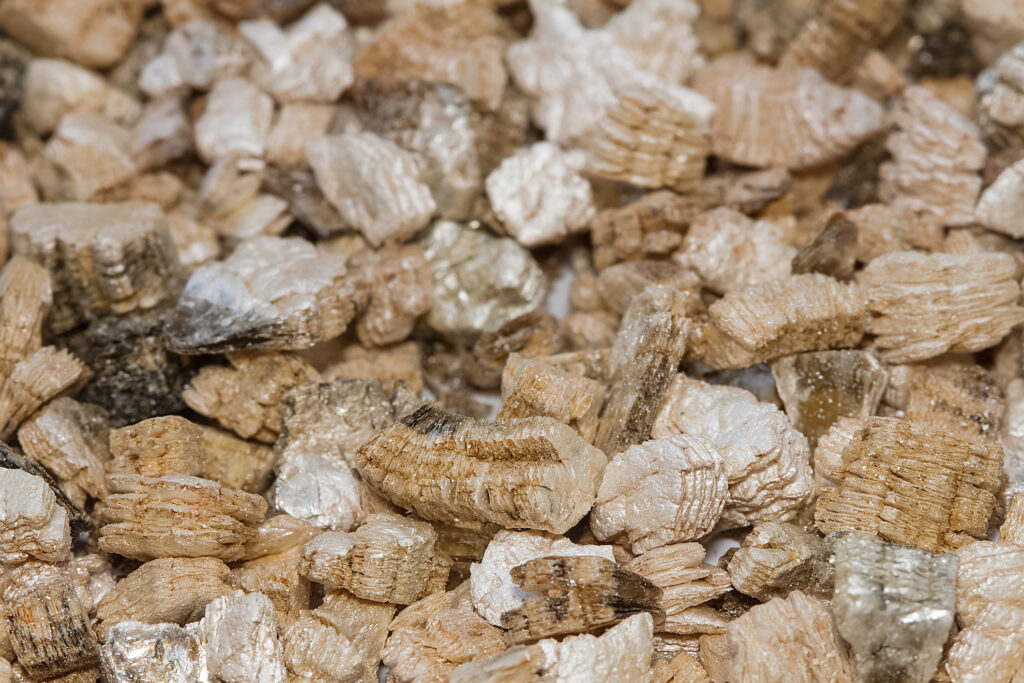
What It Is: Vermiculite is a type of loose-fill insulation made from a naturally occurring material called vermiculite. It is naturally fire-resistant and was a popular home insulation material from the 1940s-1990s.
Why It’s Dangerous: Vermiculite insulation is not inherently dangerous. However, most of the vermiculite used to manufacture vermiculite insulation in the US came from a mine in Libby, Montana, where significant asbestos contamination occurred. Because of the contamination, vermiculite insulation poses the same health risks as asbestos, including lung cancer, if inhaled.
Identification: Vermiculite insulation has a flaky, pebble-like texture and is typically grayish-brown or silvery-gold in color.
Removal: Vermiculite insulation becomes more dangerous when disturbed. If you think you have vermiculite insulation in your home, don’t touch it! Professional removal is required.
Mold
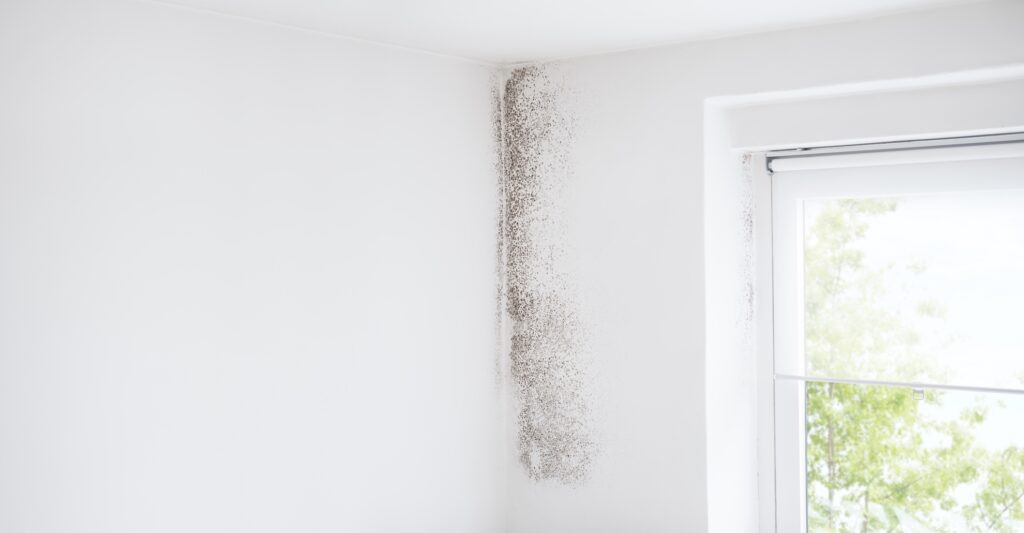
What It Is: Mold is a type of fungus that can grow on a variety of surfaces. It thrives in damp environments and is typically found in bathrooms and basements, though it can grow anywhere in your home, including on your insulation.
Why It’s Dangerous: Mold releases spores into the air that can cause health problems like allergic reactions and respiratory problems. It can also eat away at your home’s building materials and cause damage. There are many types of mold and some, like black mold, are more dangerous than others.
Identification: Mold can take on several different appearances depending on the type. It may be fuzzy, slimy, or have a velvety texture and can be black, gray, green, white, purple, and many other colors. To detect mold in your home, look for dark spots and discoloration on walls, ceilings, and floors. Mold can also be hidden in places you can’t see, like behind walls. A musty smell can indicate hidden mold growth.
Removal: Small amounts of mold growth can be removed with a solution of bleach and water. Larger infestations, however, require professional mold remediation. Once the mold is removed, it’s important to implement moisture-control solutions to prevent it from returning.
Air Pollution from Fuel-Burning Appliances
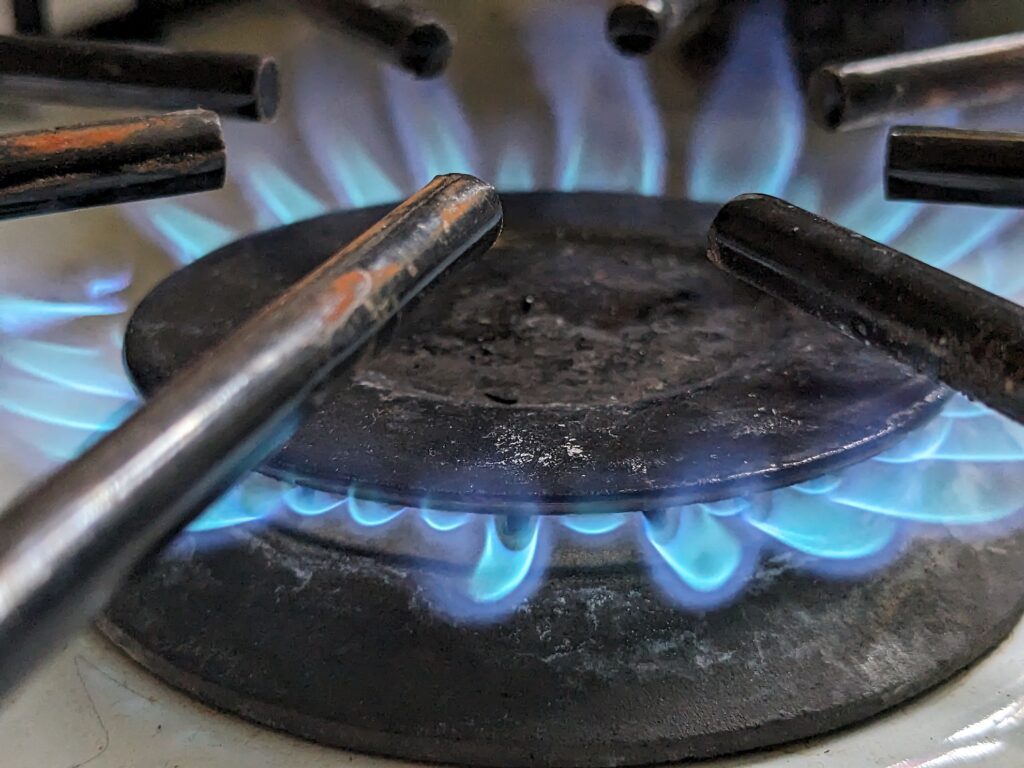
What It Is: Gas-burning appliances like furnaces, gas water heaters, and gas stoves release toxic pollutants into the air, including nitrogen dioxide, carbon monoxide, formaldehyde, and fine particulate matter.
Why It’s Dangerous: Long-term exposure to pollutants from gas appliances poses several health risks, including respiratory problems, cardiovascular issues, neurological effects, and more. The risks are particularly high for children and the elderly.
Identification: Check your stove, furnace, and water heater to see if they burn fuel. Most appliances have a data plate that includes a serial number and the type of fuel the appliance is designed for.
Removal: As long as your gas appliances are properly installed and vented, you don’t have to remove them immediately. However, you should consider replacing aging appliances with modern, all-electric versions like an induction stove, heat pump HVAC system, and heat pump water heater.
Have questions about health and safety hazards in your home? Call (781) 309-7540 or contact us to learn more!
